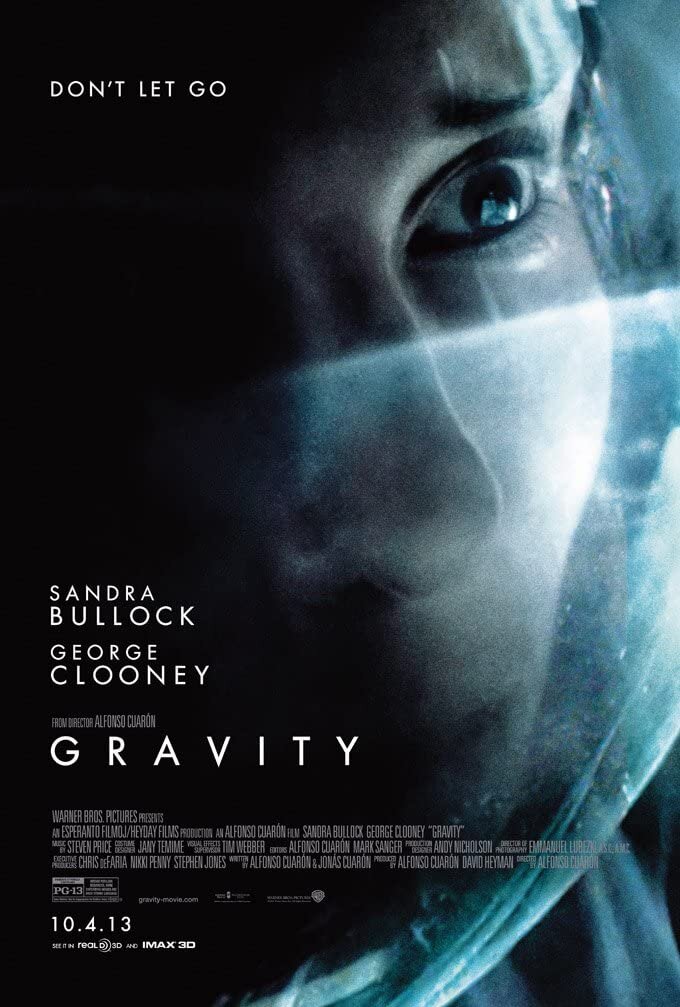In this growing age of technology, a skillset in science, technology, engineering, and mathematics is highly sought after. Despite STEM fields providing competitive salaries and job opportunities, only 28% of the STEM workforce is made up of women. While this percentage has consistently grown over time, the gender gap in this field demonstrates the growing need for women in the field. A large contributor to the gender gap is a lack of publicized female role models to inspire young women to pursue a career in science, technology, engineering, or mathematics. While there is a lengthy list of historic women in STEM who have made important discoveries and contributions to society, they often don’t receive as much recognition as they truly deserve. To shine a light on the hard-working women that have excelled in their respective fields, here is a list of five of the most influential women in STEM and their accomplishments.
Elizabeth Blackwell
Elizabeth Blackwell was a female pioneer in the medical industry, becoming the first woman in America to earn a medical degree. She graduated at the top of her class at Geneva College in 1849, after getting rejected by every other college she applied because she was a woman. After finishing her medical training in London and Paris, Blackwell returned to New York City and opened her own clinic with her sister and another colleague to treat poor women. The New York Infirmary for Women provided many jobs and opportunities for female physicians. Following the civil war, Blackwell opened a medical college in New York City and went on to publish several books and become a renowned professor at the London School of Medicine for Women.
Katherine Johnson
Another trailblazer in her industry, Katherine Johnson, used her passion for mathematics to help NASA accomplish things that were once never thought could be possible. After being hired by NASA, Johnson quit her job as a school teacher and became what was called a “computer.” She soon progressed through the ranks of NASA, becoming an official team member working on space projects and attending meetings that women were never allowed in prior to her hire. It was her use of geometry and mathematical equations that allowed a spacecraft to orbit the planet and land on the moon. She worked at NASA for over 30 years, becoming one of the most successful mathematicians of all time.
Mae C. Jemison
Photo: NASA on The Commons Flickr
After receiving her undergraduate degree in biomedical engineering from Stanford University in 1977 and a medical degree from Cornell University in 1981, Dr. Jemison went on to become one of the most influential women in STEM. Jemison managed the health care delivery system in Sierra Leon in 1985 for the U.S. Peace Corps and U.S. Embassy. When she returned to the U.S., Jemison was one of the 15 selected from 2000 applicants to be a part of the NASA astronaut training program. As a science mission specialist, Jemison became the first African American woman in space.
Chien-Shiung Wu
Chien-Shiung Wu was born in Shanghai, China in 1912. After completing her undergraduate degree in physics at a university in Shanghai, she was encouraged by a professor to pursue higher education in America. She received her Ph.D. from the University of California at Berkely which launched her career as an academic, getting her first teaching positions at Princeton University and Smith College. Her talent as a physicist was soon noticed by other important physicists, landing her a job on the team working on the famous Manhattan Project that was responsible for developing the first nuclear weapons during World War II. She also made other important contributions to the field of science that won her many awards, such as her work understanding sickle cell anemia. She became the first woman to serve as the president of the American Physical Society.
Jane Goodall
Photo: TomazAmsterdam Flickr
At a young age, Jane Goodall had an interest in studying animal behavior and wildlife. After leaving school at the age of 18, Goodall worked as a film production assistant in Africa, where she eventually became an apprentice to a paleontologist named Louise Leakey. Shortly after, she ended up beginning her 60-year study of chimpanzees in Tanzania. Goodall’s observations proved and corrected a variety of theories about chimpanzees, making groundbreaking and award-winning discoveries about the animals. At age 86, Goodall continues to be a strong activist for wildlife conservation and environmental construction, earning her the title of UN Messenger of Peace in 2002.
All of these women have accomplished amazing things in their fields, making them some of the most notable women in STEM. If you are looking for more content highlighting inspirational women in STEM, here is a list of movies that highlight real and fictional women accomplishing great things in this male-dominated field:
Hidden Figures
The Imitation Game
Gravity
Jurassic Park
Black Panther
Ghostbusters
CodeGirl
Star Trek: Discovery
Gifted
Vocabulary List:
Sought (v): attempt to achieve
Publicized (v): to make known
Pioneer (n): a person among the first to do something
Renowned (adj): famous, well-known
Groundbreaking (adj): innovative, pioneering
Paleontologist (n): a person who studies fossil animal and plants
ABOUT THE AUTHOR
Hailey Womer is a third-year student at Syracuse University in Syracuse, New York pursuing a dual major in Public Relations and Political Science. With interests in communications, public diplomacy, and politics & government, she hopes to use communication to grow the passions of the public and advocate for others. In her free time, you can find her editing social media content, engrossed in the fashion trends of the season, catching up on the latest political buzz, or on a philanthropic mission to make the world just a little bit brighter!















